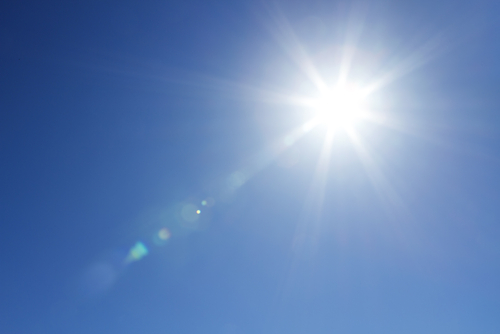A report edited by scientists from the Met Office and NOAA (the US National Oceanic and Atmospheric Administration) shows human influence had an impact on several extreme weather and climate events in 2012.
The report brings together work from research teams around the world who have studied 12 extreme events from last year as diverse as the UK‘s wettest summer in a century, to the warmest year on record in the contiguous US, to the storm surge from ‘Superstorm Sandy’.
Published in the Bulletin of the American Meteorological Society, the report finds evidence that a number of events were affected by human influence, while natural variability also played a key role in many of the events studied.
Dr Peter Stott, Head of Climate Monitoring and Attribution at the Met Office and one of the lead editors on the report, said: “The world has always seen extreme weather because it is a natural part of our climate system, but these studies look at whether human induced climate change made some of the events we saw in 2012 more or less likely.
“This is a difficult area of science which looks at how those human-influenced changes have affected specific extreme weather events, but while these studies demonstrate that natural fluctuations of weather and climate played an important role they also show that some of these events had been made more likely as a result of human influence on climate.”
Highlights of the study include:
Extreme rainfall around the world
The UK’s exceptionally wet summer in 2012 and extreme rainfall events in China, Japan, Australia and New Zealand were all found to be influenced heavily by natural variations of weather and climate. However, rainfall totals can be affected by increases in the amount of moisture held in the atmosphere directly related to the warming we have seen due to greenhouse gas emissions. Evidence has been found that the high rainfall totals seen in Australia and New Zealand have increased in likelihood as a result.
U.S. heat wave
Researchers found that the 2012 heat wave and drought in the contiguous US, which led to the country experiencing its warmest year and warmest July on record, can be mainly explained by natural variability. However, they found that the particularly high temperatures – although they remain rare – are four times more likely as a result of human-induced climate change. Human induced climate change also contributed about 35% of the extreme warmth experienced in the eastern US between March and May 2012.
Hurricane Sandy
Climate-change related increases in sea level have nearly doubled today’s annual probability of a Sandy-level flood compared to 1950. On going natural and human-induced changes in sea level ensures that flood events on a par with Sandy will occur more frequently in the future including from storms with less intensity and lower storm surge than Sandy.
Arctic sea ice
The extremely low Arctic sea ice extent in summer 2012 resulted primarily from the melting of younger, thin ice from a warmed atmosphere and ocean. This event cannot be explained by natural climate variability alone.
For a 14-day weather forecast, click here.
© Met Office






